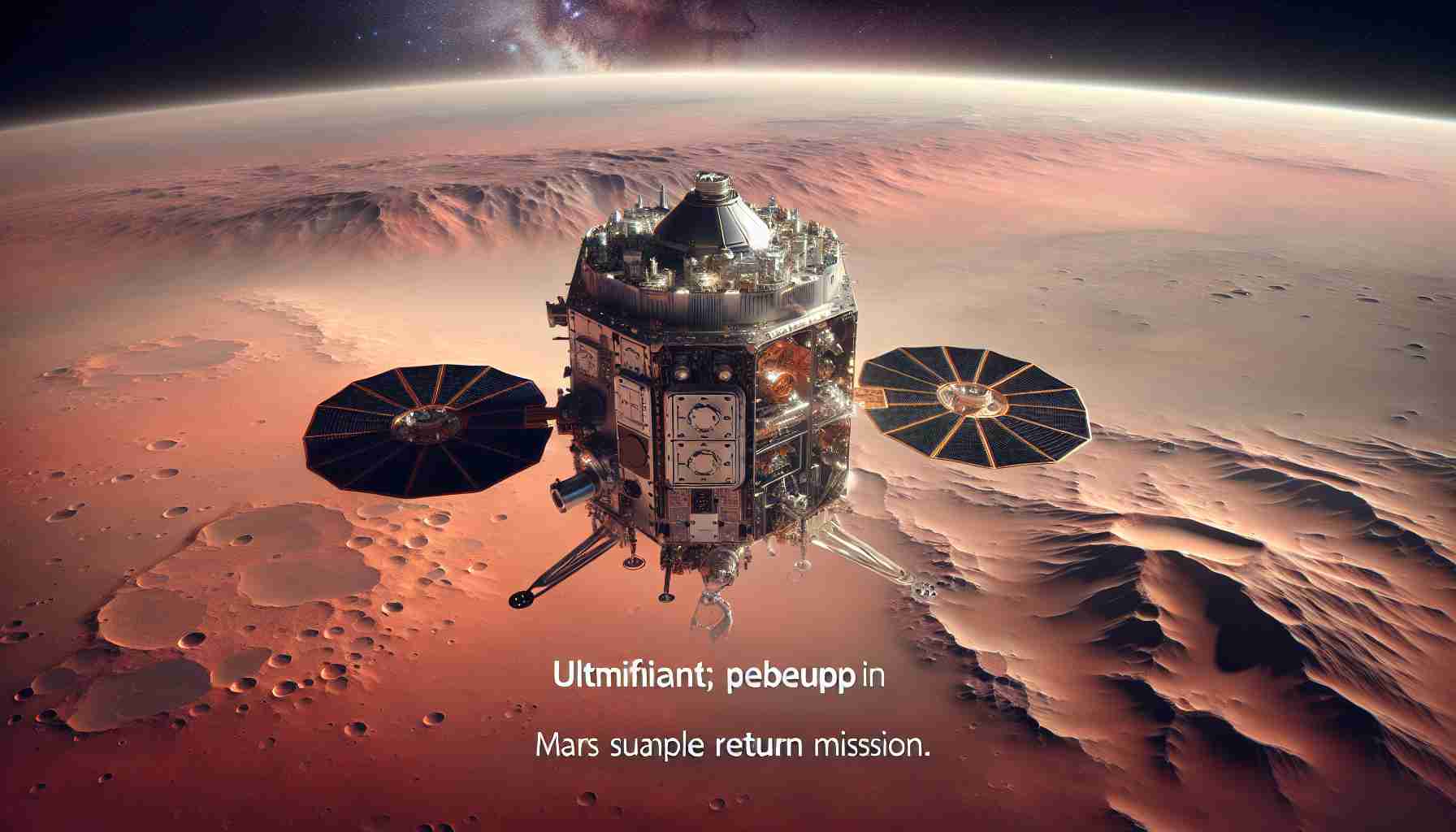NASA is rethinking its Mars Sample Return mission after a recent independent study revealed that the original plan could soar to $11 billion. In response, agency Administrator Bill Nelson announced a pivot towards more affordable strategies aimed at expediting the return of Martian samples.
Two new proposals are central to this strategy. The first involves utilizing a proven ‘sky crane’ landing system, similar to what was used for the Curiosity and Perseverance rovers. This option entails deploying a smaller spacecraft and rocket, followed by collaboration with the European Space Agency (ESA) to retrieve and return the samples to Earth. This approach is projected to cost between $6.6 billion and $7.7 billion, potentially delivering samples as early as 2035.
The second option involves partnerships with commercial companies like SpaceX or Blue Origin to design a heavy lander capable of both transporting the sample collection craft and launching the samples into orbit for ESA’s retrieval. Like the first option, this proposal also targets the mid- to late-2030s for sample return.
Both approaches emphasize reliability by using radioisotope thermoelectric generators to ensure functionality despite the harsh Martian conditions. As plans unfold, NASA aims to finalize the decision on which path to take by 2026. The agency seeks bipartisan support to secure essential funding to advance this groundbreaking scientific endeavor.
NASA’s Mars Sample Return Mission: A Shift Towards Cost-Effective Innovation
NASA is undergoing a strategic reassessment of its ambitious Mars Sample Return mission, influenced by the findings of a recent independent study indicating that costs could reach a staggering $11 billion. In a bid to streamline operations and maintain project momentum, NASA Administrator Bill Nelson has announced a focus on more budget-friendly alternatives that could expedite the return of Martian soil and rocks to Earth.
Overview of the Proposed Strategies
Two main strategies have emerged as promising solutions in this pivotal phase:
1. Sky Crane Landing System:
This approach leverages a proven landing technology previously utilized in the Curiosity and Perseverance rover missions. It involves the deployment of a smaller spacecraft that would utilize a reliable sky crane system to land safely on Mars. Following the landing, NASA is proposing collaboration with the European Space Agency (ESA) to facilitate the retrieval and return of Martian samples back to Earth. Estimates suggest that this option might incur costs between $6.6 billion and $7.7 billion, with the potential for sample return as early as 2035.
2. Collaboration with Commercial Partners:
The second proposal focuses on partnering with commercial entities, such as SpaceX or Blue Origin. This strategy aims to create a heavy lander that could perform two essential functions: transporting the sample collection craft and later launching the gathered samples into orbit for ESA’s retrieval missions. Like the first strategy, this option is also targeting a timeline leading to sample return in the mid- to late-2030s.
Key Features and Innovations
Both proposed strategies incorporate advanced technology, notably the use of radioisotope thermoelectric generators. These generators are crucial for managing the severe and unpredictable conditions on Mars, ensuring that NASA’s equipment remains operational throughout the mission.
Timeline and Future Directions
NASA plans to finalize decisions regarding these alternative paths by 2026. An important aspect of this review is securing bipartisan support to gather necessary funding for the endeavor, which promises to yield significant scientific discoveries about the Red Planet.
Pros and Cons of the Proposed Approaches
Pros:
– Cost-Efficiency: The revised estimates significantly cut down costs from the original $11 billion proposal.
– Innovative Partnerships: Collaboration with commercial space companies could accelerate development and minimize expenses.
– Technological Reliability: Utilizing tested landing techniques and power systems increases the likelihood of mission success.
Cons:
– Extended Timeline: While the new plans are cost-effective, they still push the sample return timeline out to the mid-2030s.
– Dependence on Partnerships: Relying on external entities for critical components of the mission introduces risks related to coordination and timeline adherence.
Trends and Market Analysis
The shift in NASA’s approach reflects broader trends in space exploration, where public agencies increasingly seek partnerships with the private sector. This trend not only optimizes costs but also enhances innovation, making space missions more sustainable and efficient.
Conclusion
NASA’s Mars Sample Return mission represents a pivotal moment in planetary science. By pivoting towards cost-effective solutions and strategic partnerships, the agency is demonstrating a commitment to advancing its goals while navigating budgetary constraints. As plans evolve, the scientific community and the public eagerly anticipate groundbreaking discoveries that could emerge from this monumental project.
For more updated information on NASA’s initiatives and space exploration news, visit NASA’s official website.



















